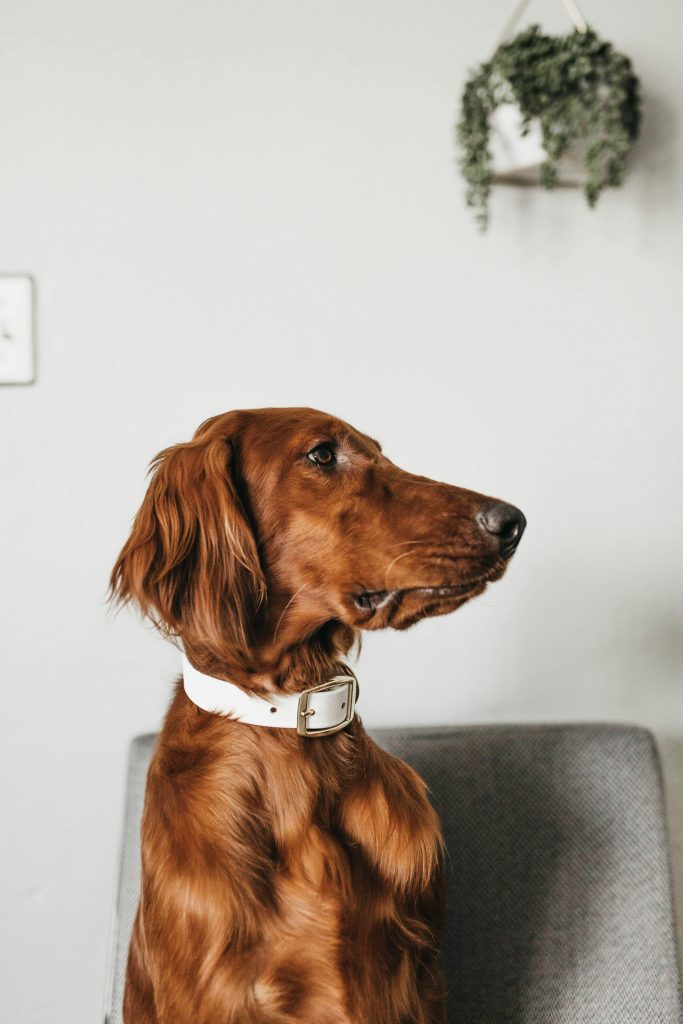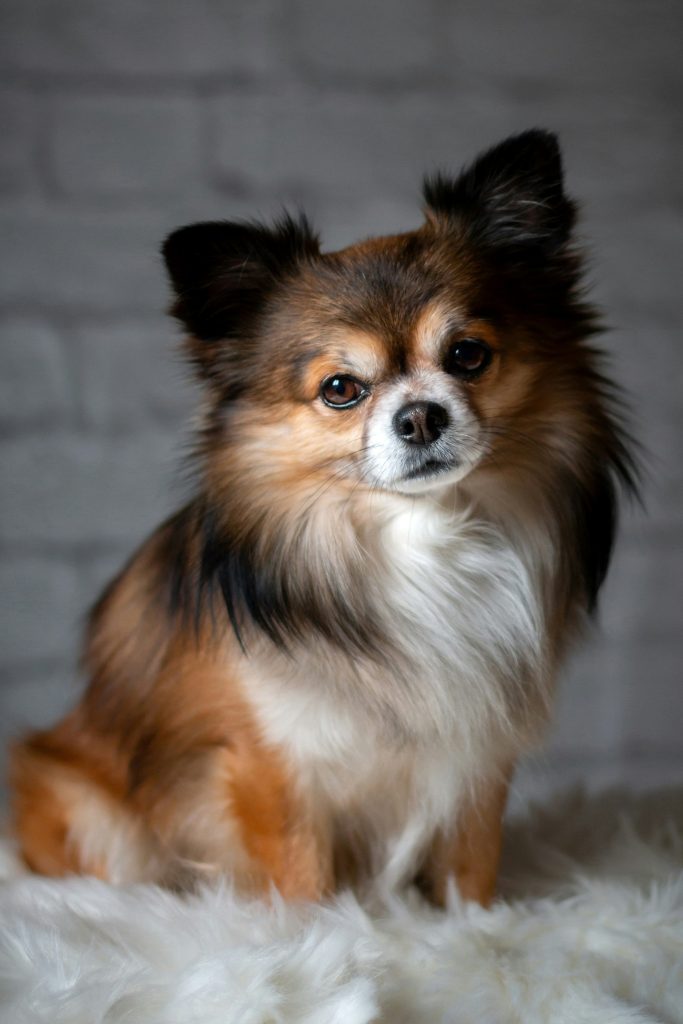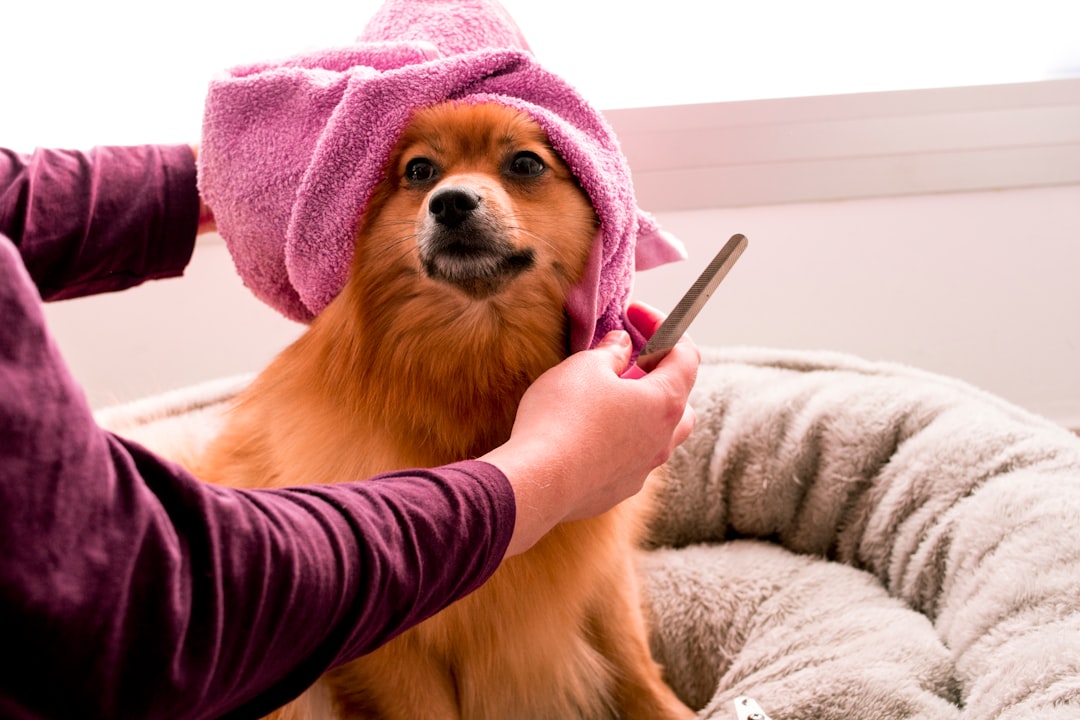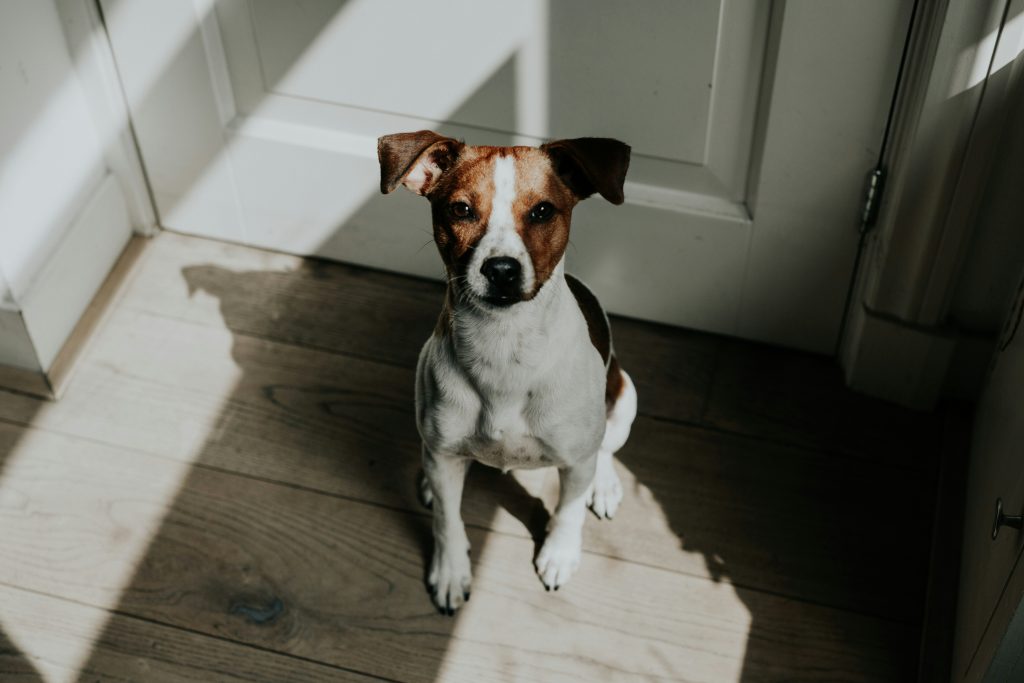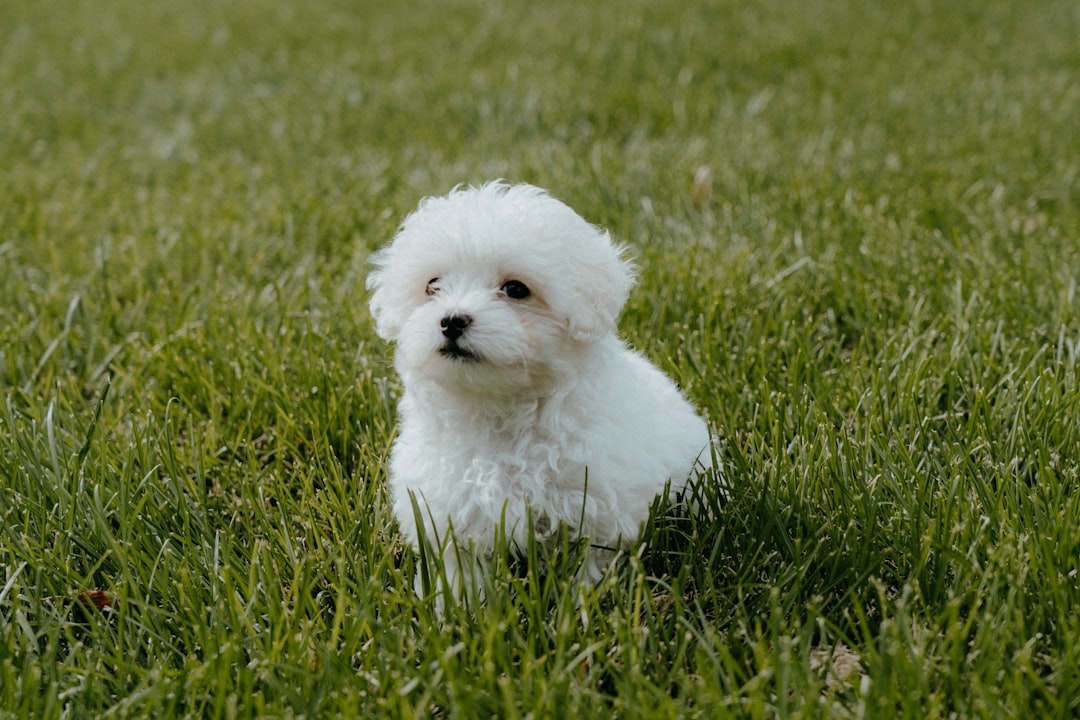Decoding Dog Coats: Unveiling the Mysteries of Fur and Hair
Understanding the Difference Between Dog Fur and Dog Hair: Learn about the distinctions in texture, shedding patterns, and grooming needs between different coat types in dogs.
Overview of Dog Fur and Dog Hair
Understanding the difference between dog fur and dog hair is essential for pet owners to provide proper care for their furry friends. Hair coats in dogs are characterized by having a single layer, while fur coats feature a double layer, which usually includes an undercoat and an outer coat. For example, breeds like Poodles and Maltese are known to have hair coats, which require continuous grooming to prevent tangles and keep the coat in good condition. On the other hand, Labrador Retrievers and German Shepherds are examples of breeds with fur coats that shed seasonally and have a coarser texture.
Moreover, the genetic determinants of coat type play a crucial role in whether a dog has hair or fur. Specific gene variants control the growth patterns of hair and fur in dogs, influencing factors such as shedding frequency and coat maintenance requirements. Mutations in these genes can lead to variations in coat type even within the same breed, highlighting the intricate genetic mechanisms behind canine coats. By understanding the genetic basis of coat differences, pet owners can anticipate grooming needs and shedding patterns, allowing for a more tailored approach to caring for their dog’s coat.
Distinction Between Hair Coats and Fur Coats
Hair coats, such as those found in Poodles and Maltese, have a single layer that grows continuously, necessitating regular grooming to prevent matting and maintain a tidy look. In contrast, dogs with fur coats like Labrador Retrievers and Golden Retrievers have a double-layered coat where the undercoat sheds seasonally, resulting in a higher turnover rate. The distinction between hair and fur coats influences the shedding patterns and grooming requirements specific to each coat type.
For instance, the genetic factors that control coat growth cycles play a significant role in determining whether a dog has a hair or fur coat. Dogs with hair coats have a longer active growing phase and shed less frequently, requiring more frequent grooming sessions to prevent tangles and matting. On the other hand, fur coats, with a predetermined length of growth, shed more due to the seasonal shedding of the undercoat. By recognizing these differences, pet owners can tailor their grooming routines to meet the specific needs of their dog’s coat type, promoting a healthy and lustrous coat.
Genetic Determinants of Coat Type
The distinction between hair and fur coats in dogs is not merely a matter of appearance but is deeply rooted in genetic factors. For instance, specific gene variants control the growth patterns of hair and fur in dogs, influencing whether a dog will have a hair or fur coat. To illustrate, the Poodle breed is known for its hair coat, which grows continuously, while the Labrador Retriever typically has a fur coat that sheds seasonally. These genetic determinants not only affect grooming requirements but also impact how allergenic a dog’s coat may be.
Moreover, mutations in certain genes can result in variations in coat type, even within the same breed. For example, some Poodles may exhibit characteristics of fur coats due to genetic anomalies, emphasizing the intricate nature of coat genetics. This genetic diversity within breeds underscores the importance of understanding coat genetics for both pet owners and breeders. By comprehending the genetic underpinnings of coat type, individuals can make informed decisions about grooming practices, shedding management, and selecting a dog breed that aligns with their preferences and lifestyle.
Grooming Guidelines for Hair and Fur Coats
When it comes to grooming hair and fur coats in dogs, understanding the distinct needs of each coat type is crucial for maintaining the health and appearance of the dog’s fur. For instance, hair coats, such as those found in Poodles or Maltese breeds, require regular trims to manage their continuous growth and prevent matting. Without proper grooming, hair coats can become tangled and lead to skin issues. On the other hand, breeds like Labrador Retrievers or German Shepherds with fur coats benefit from de-shedding treatments to manage the seasonal shedding of their undercoat effectively. This specialized grooming technique helps reduce shedding around the home while preserving the natural shedding cycle of the fur.
Furthermore, grooming tools play a significant role in maintaining hair and fur coats. Slicker brushes are commonly used for hair coats to prevent matting and remove loose hair, while undercoat rakes or shedding blades are effective for managing the dense undercoat of fur coats. Additionally, specific shampoos and conditioners tailored to each coat type can help improve coat health and shine. Understanding the unique requirements of hair and fur coats enables pet owners to establish a grooming routine that not only keeps their dog looking its best but also promotes skin health and overall well-being. By investing time and effort in appropriate grooming practices, dog owners can ensure that their furry friends remain comfortable and happy.
Shedding Characteristics
Understanding the shedding characteristics of dogs with different coat types is crucial for pet owners to effectively manage shedding, prevent allergic reactions, and maintain a clean living space. Dogs with fur coats are known to shed more prominently than those with hair coats. For instance, breeds like Labrador Retrievers, known for their dense double coats, shed seasonally to accommodate changes in temperature and daylight. This shedding process is vital for them to regulate their body temperature and maintain healthy skin and fur. On the other hand, dogs with hair coats, such as Poodles, have a continuous hair growth cycle, resulting in less shedding but requiring regular grooming to prevent matting and promote coat health.
Moreover, the shedding patterns of dogs with different coat types can also impact individuals with allergies. People allergic to dogs often react to dander found in fur rather than the fur itself, making dogs with hair coats a more suitable option for allergy sufferers. By understanding these shedding characteristics, pet owners can choose a dog breed that aligns with their lifestyle and health needs. Additionally, implementing appropriate grooming practices tailored to the specific shedding tendencies of their dog can help reduce allergens in the home environment and ensure the well-being of both the pet and its owners.
Allergies and Sensitivities Considerations
When it comes to allergies and sensitivities related to dogs, it’s essential to understand that people who are allergic usually react to the dander present in fur, not necessarily the fur itself. This distinction is crucial in choosing a dog breed that is more compatible with individuals prone to allergies. For instance, dogs with hair coats are generally considered hypoallergenic due to their shedding patterns, making them potentially better companions for those with sensitivities. Breeds like Poodles and Bichon Frises, known for their hair coats, are often recommended for individuals with allergies because they shed less and produce less dander, reducing the risk of triggering allergic reactions.
Moreover, selecting a dog with a compatible coat type can significantly impact the quality of life for individuals with allergies. Understanding the shedding patterns and dander production of different breeds can help in making an informed decision when choosing a furry friend. For example, the Maltese and Portuguese Water Dog, both known for their hair coats, are considered hypoallergenic and may be suitable choices for allergy sufferers. By opting for a dog breed that is less likely to elicit allergic responses, individuals can enjoy the benefits of canine companionship without the discomfort of severe allergic reactions, ultimately enhancing their overall well-being and quality of life.
Importance of Coat Type Awareness
Awareness of whether a dog has a hair or fur coat is essential for pet owners to establish suitable grooming routines. For instance, breeds like Poodles and Maltese have hair coats that require regular haircuts to prevent matting and maintain their coat’s health and appearance. On the other hand, breeds with fur coats, like Labrador Retrievers and Golden Retrievers, need de-shedding treatments to manage their double coats effectively without disrupting the natural shedding cycle. Understanding these distinctions enables pet owners to address the specific needs of their dog’s coat type, promoting a comfortable grooming experience for the pet and enhancing their bond with their furry companion.
Moreover, coat type awareness can aid in selecting the right grooming products and tools tailored to the dog’s specific needs. For example, dogs with hair coats may benefit from conditioners and moisturizers to maintain the quality of their long, fine hair. Conversely, dogs with fur coats might require brushes that help manage shedding and prevent matting, ensuring their coat remains healthy and shiny. By being informed about the grooming requirements associated with different coat types, pet owners can provide their dogs with proper care, promoting not only a beautiful coat but also overall skin health and comfort. Understanding these nuances can make the grooming process more effective and enjoyable for both the pet and the owner, creating a positive grooming experience that strengthens the human-canine bond.

